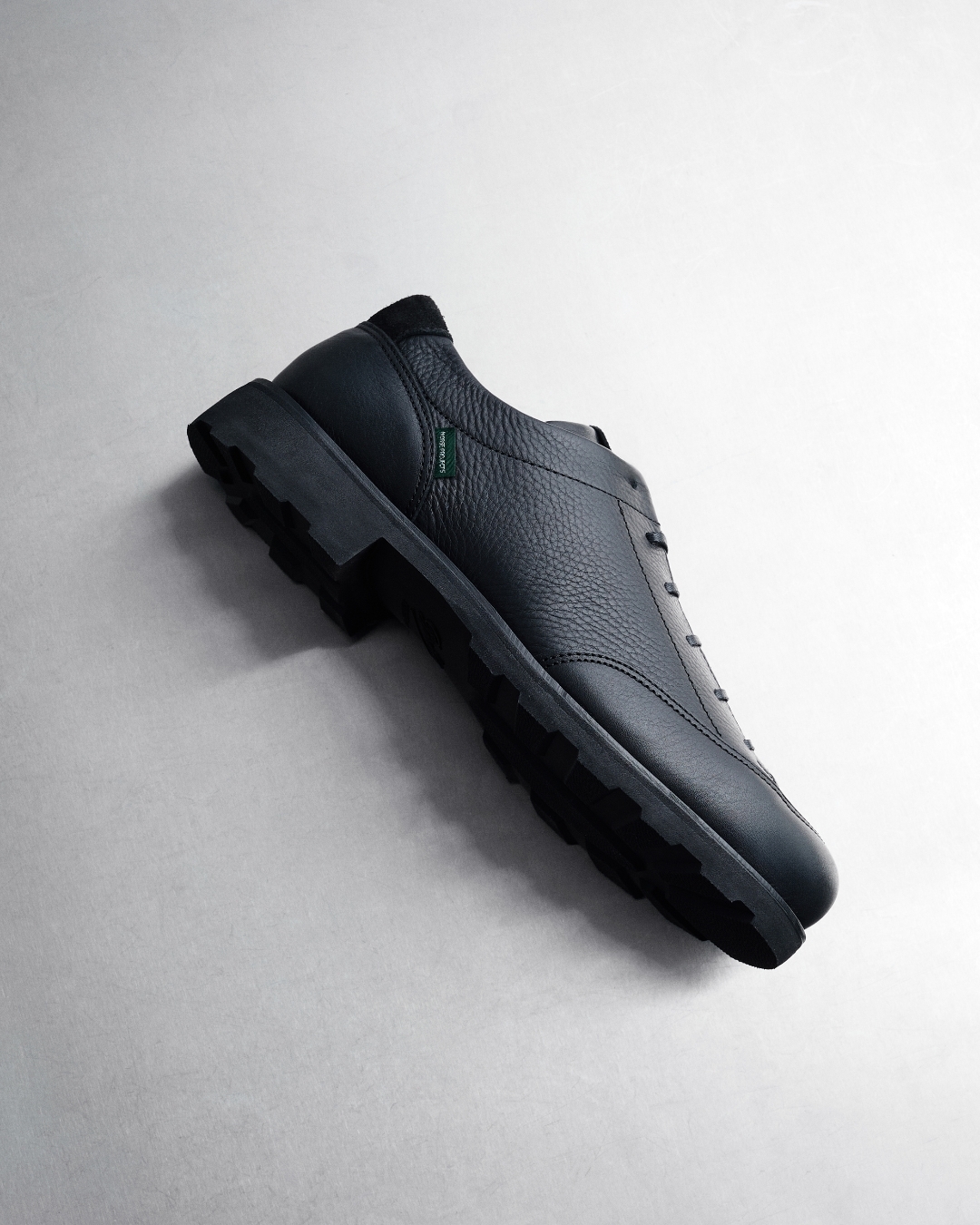The Artist’s Studio — Atelier Pica Pica21.07.2019
Inspiration for Norse Projects Summer 19 is derived from the dynamic spirit of the artist’s studio. From the painter’s atelier to the designer’s desktop, the physical spaces that foster imagination can demonstrate radical creativity — yet it’s the individuals within these spaces that serve as the embodiment of artistic conviction.
For Summer 19, Norse Projects travelled to Liege, Belgium to visit Atelier Pica Pica, a trio of artists consisting of Boris Magotteaux, Manuel Falcata and Jérôme Degive. Their colourful and thought-provoking practice expresses a distinct visual language, one that is the culmination of years of close friendship and constant collaboration.
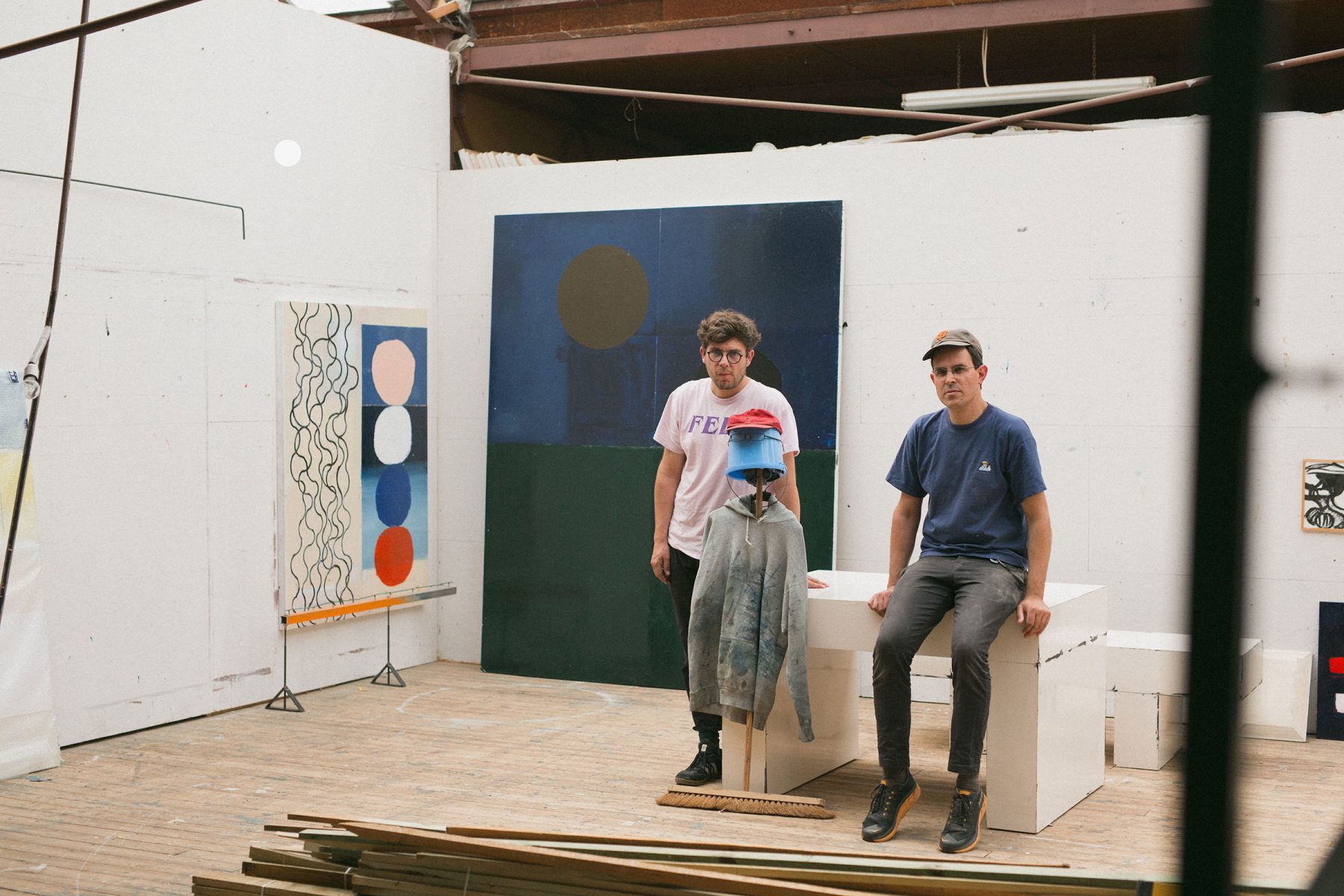
What are you currently working on?
Manuel: Projects just overprint themselves as we receive them or just focus on different things. Right now, we’re trying to insert small circular iron pieces inside aluminum sheets. I think the result will be captivating.
Jérôme: We just trade the work mentioned by Manuel for the printing of a book, so I guess one book is coming.
Where did you grow up?
M: I shared my time between living in the wild countryside and making deep incursions into the city. Liège is a middle size city. Actually, it is small but spreads around with the suburbs, with hills and a river. We’re close to two borders and nature is never far. It’s a former industrial hub and typical provincial town in decay with a great sense of personality, as we were a bishop ruled principality for hundreds of years.
J: I grew up in the countryside around Liège, I was mainly interested in nature observation until I moved to the city to study art and met Manuel and Boris. Belgium is a peculiar place — a small country stuck in between some of Europe’s most influential countries like France, Germany and The Netherlands. We’re a strange mix of all these influences. Latins with a great sense of self-derision and compromise, a character that probably helps to work as a collective.
Were there inclinations during childhood to become artists as adults?
M: My father was an artist at that time, and I grew up in a very free-spirited environment. We were allowed to play and think the way we wanted, and I always built or drew things.
J: I also had a bunch of people in my family that were artists, at some point, so I guess nothing really stopped me of becoming one.

When you did you first meet, and what ultimately led you to join forces and start Atelier Pica Pica?
M: I’ve known Boris since we were sixteen or so. We met again at art school and bumped into Jérôme as we graduated. He was a friend of friends who also came from an artistic background. Altogether we worked as a team for some years, and then in 2008, we founded the trio Atelier Pica Pica.
J: It was very natural as nothing was planned or even conscious, we just spent time together, drew and built more things. There was a place in Brussels that showed young artists, we made quite a few shows there without actually being aware it would become our thing in the long run.
You work as a trio when creating works. Can you describe this process, and do you see this as a strength or a challenge?
M: We usually start by throwing down an idea as a matter of discussion (it can be from something we saw or lived), then we debate and argue before this idea is materialized as art. They can be painted, drawn or built. We follow until we extract something that holds the consensus. Maybe an image or a tale — it always represents a challenge and I think this is our strength, to be challenging our practice all the time.
J: This process puts you in a constant learning position, everything you give to the trio is immediately translated by your partners and returns richer and more complex, in a very short time loop. It has the power to make you see your own ideas or actions from a different point of view.
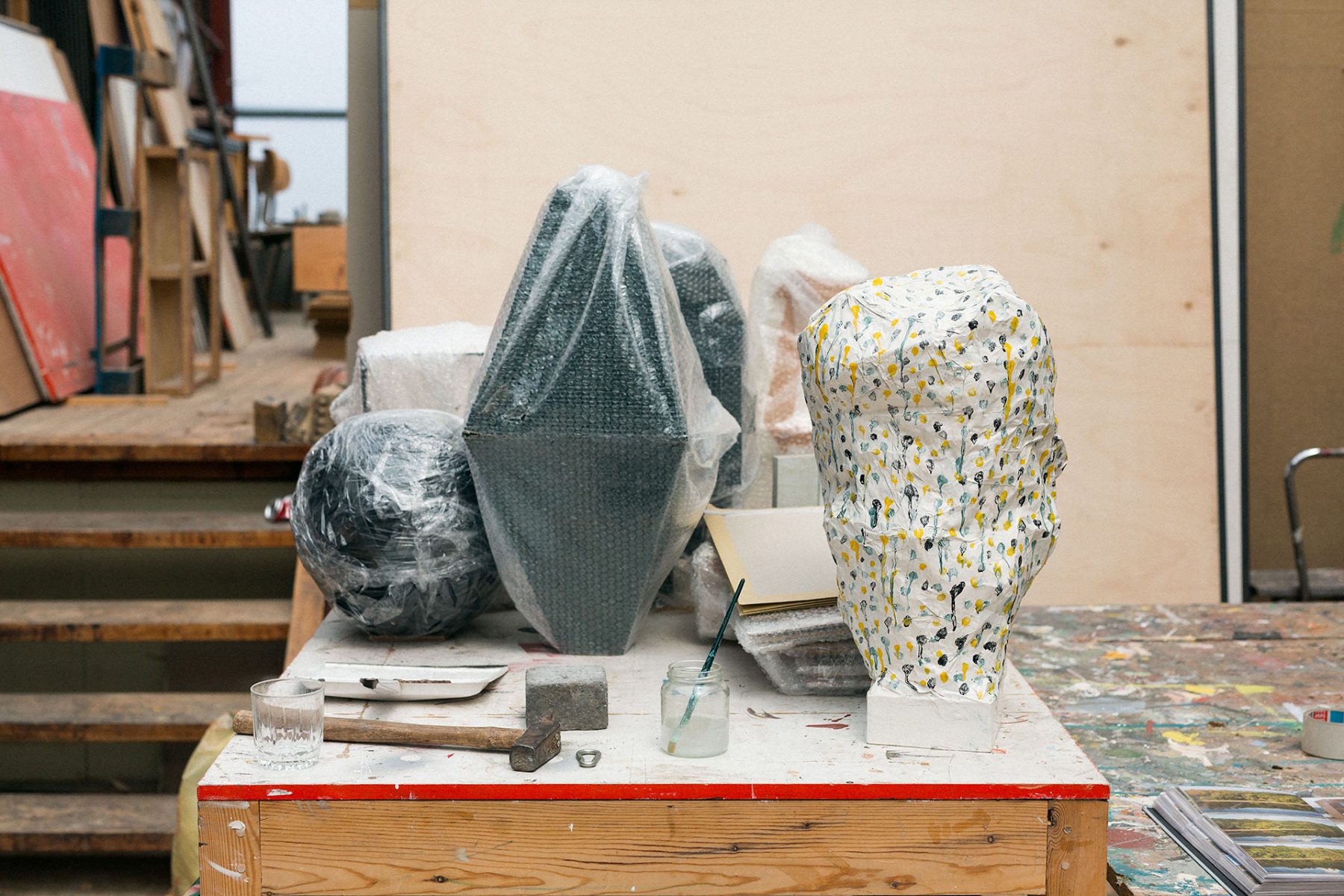
What have you learned about collaboration?
J: It’s the future, the only way to go. It’s hard sometimes but very rewarding.
M: Everything requires it at some point. I don’t know anything made or functioning without collaborative systems, so we’d better try to enjoy it.
Your practice covers different mediums — drawing, sculpture, painting and publication to name a few. When embarking upon a new project, how does a decision for the output occur?
M: It really depends on what mood we’re in or wanting to test or try at the moment we start talking about the project. I like to take every opportunity to test new things and try to fit the context. Then we’re smart enough to paste almost any project to our desire. For myself, most of the projects begin with a drawing. They can be technical, self-convincing notes or just they share a similar mood and densify the whole project as autonomous pieces.
J: Everything is material; a book, a painting, an aluminum frame, everything is fabricated, that’s always my point of entry in any project, how can I build this?


There are many physical components in the work that have been recycled or repurposed in some way. Does that come about naturally? Or is this a deliberate decision at the onset?
M: We create material stuff from what we see in a material world. When we have to define components for a project, we seek that in a sensitive memory databank. Then the studio is filled with the leftovers and they are like seeds for new ideas. It is circular. That context of work, the studio, the rhythm, gives us the possibility to look back and find something by chance inside our microcosm. It gives us serendipity. But it’s double-edged, you can really be distracted or blurred by so many possibilities all the time.
J: The immediate consequence of experimentation, which is our main practice, is accumulation of unfinished projects, half ideas and tons of tested materials — it can fill our big studio pretty quick. Re-injecting all these in new works, having to see it as new possibilities is almost a sanitary matter, for our own sake. In these times of ecological disasters, I think it is crucial to have the least possible impact on your environment and think the practice in its whole from the production to the afterlife of what has been produced.
When visiting your studio in Liege there was an atmosphere that seemed to foster experimentation and open dialogue — in short, the mood was light and actually quite fun. Do you think there is a collective playfulness that permeates through the work?
J: That is probably another sanitary issue, you have to be light and welcoming to work this close to people.
M: It’s hard to tell if all the production induces the collectiveness of it. I guess some pieces are easier to decode than others. I love to imagine they have an awkward density that could tell about the way they were built up. Maybe it doesn’t matter. We can speak about it, to a hypothetical audience. Maybe it is the key to start the relationship with the viewer, to let him know about the process or that it is just about that process no matter the final form. You could obviously look at the work without noticing it, but it would be missing a part.
J: I love when a light joke some of us told becomes a very tangible and serious project, real matter, something for which you have to lease an actual truck to move.
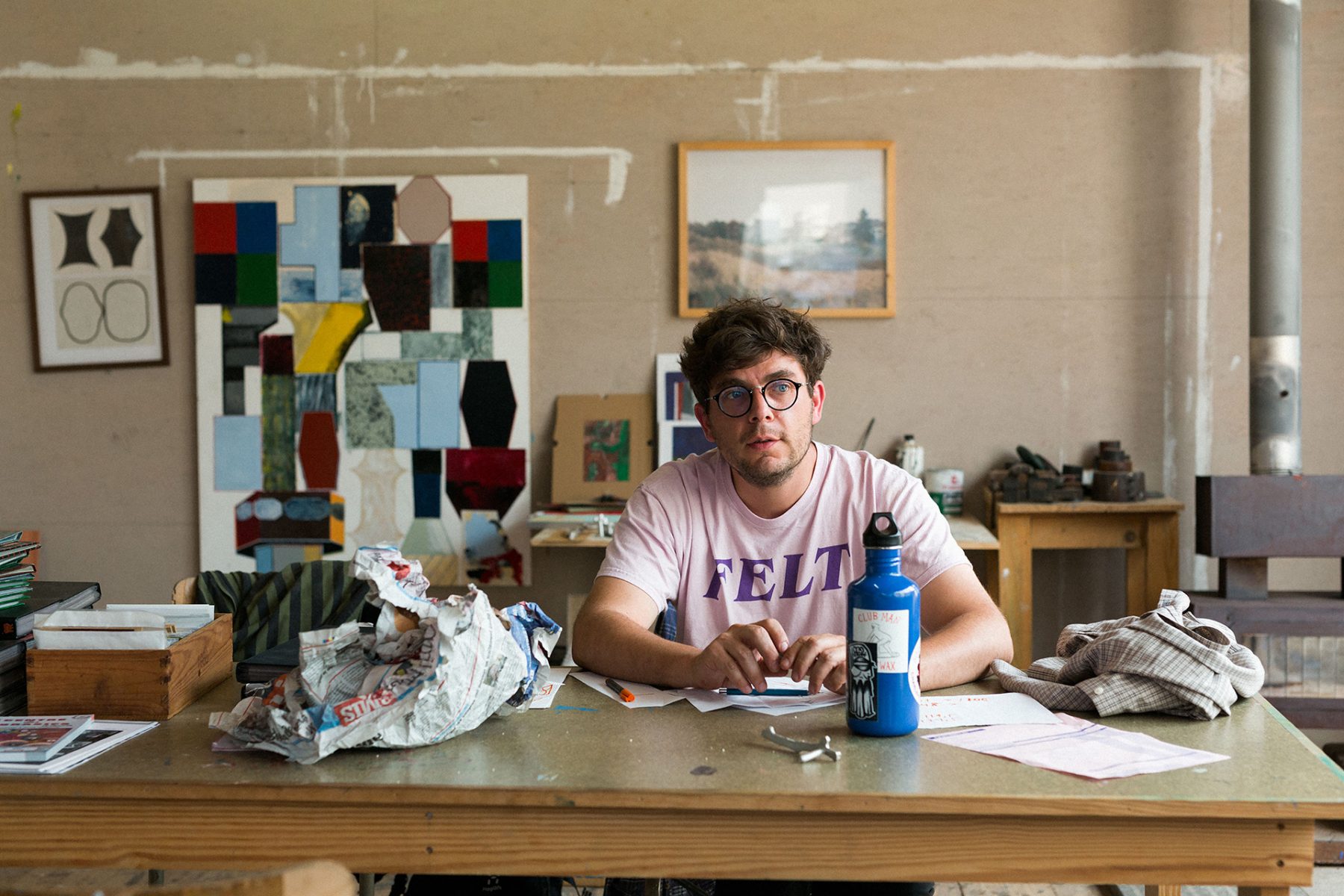
Your work employs unexpected materials ranging from wood, scrap metal, cardboard, inner tubes — what was intriguing about the use of them?
J: I wouldn’t say the materials we use are unexpected, they’re quite common and obvious to me. Almost everything we work with is inexpensive and easily available at a construction store near us. Humble materials call for care and ingenuity, they don’t make the artwork alone, you have to transcend their obviousness to bring them where they tell new stories.
M: I like to postpone the access to an image, like a metaphor I want what’s significant to pop out! Then it is like a restraint, to get me in position to reconsider the protocol or a kind of Robinson Crusoe manner of taking the problems. Then I like to play with everything and get in touch with matter…
You often use architecture and random patterns seen in public spaces as inspiration. Is this something you see as an important part of your practice?
M: Maybe we are the product of our environment? In some cases, it’s just easier to slip into that consideration. Then I love to roam and to gaze around. I’m very touched by architectural components — the way they testify to a human act in time and the way it transforms the natural. And how nature comes back, growing, eroding, dismantling and pacifying it in some way.
J: And people themselves! How they take back what was carefully – in a paternalistic way – designed for them by thinkers and knowers, how they always find a way to hack or misuse the perfect thing. These layers of intentions are an infinite and exciting matter of study.
Atelier Pica Pica blurs the line of fine art, sculpture, photography and even social study, which way do you lean in how you want your group to be defined?
M: I would say ‘inventors’ but it’s a bit sententious. Maybe ‘concerned players’? I like the idea of a music band in its early formation. when everything is still possible. Demo versions over all. Noticed in some Daniel Clowes comics, I’ve always liked ‘interesting productions’ as a good subtitle for APP. But I define myself more as a drawer than a painter or a sculptor — I have conflictual relationships with almost any mediums.
J: The Great Searchers of the Truth, not sure about this one.
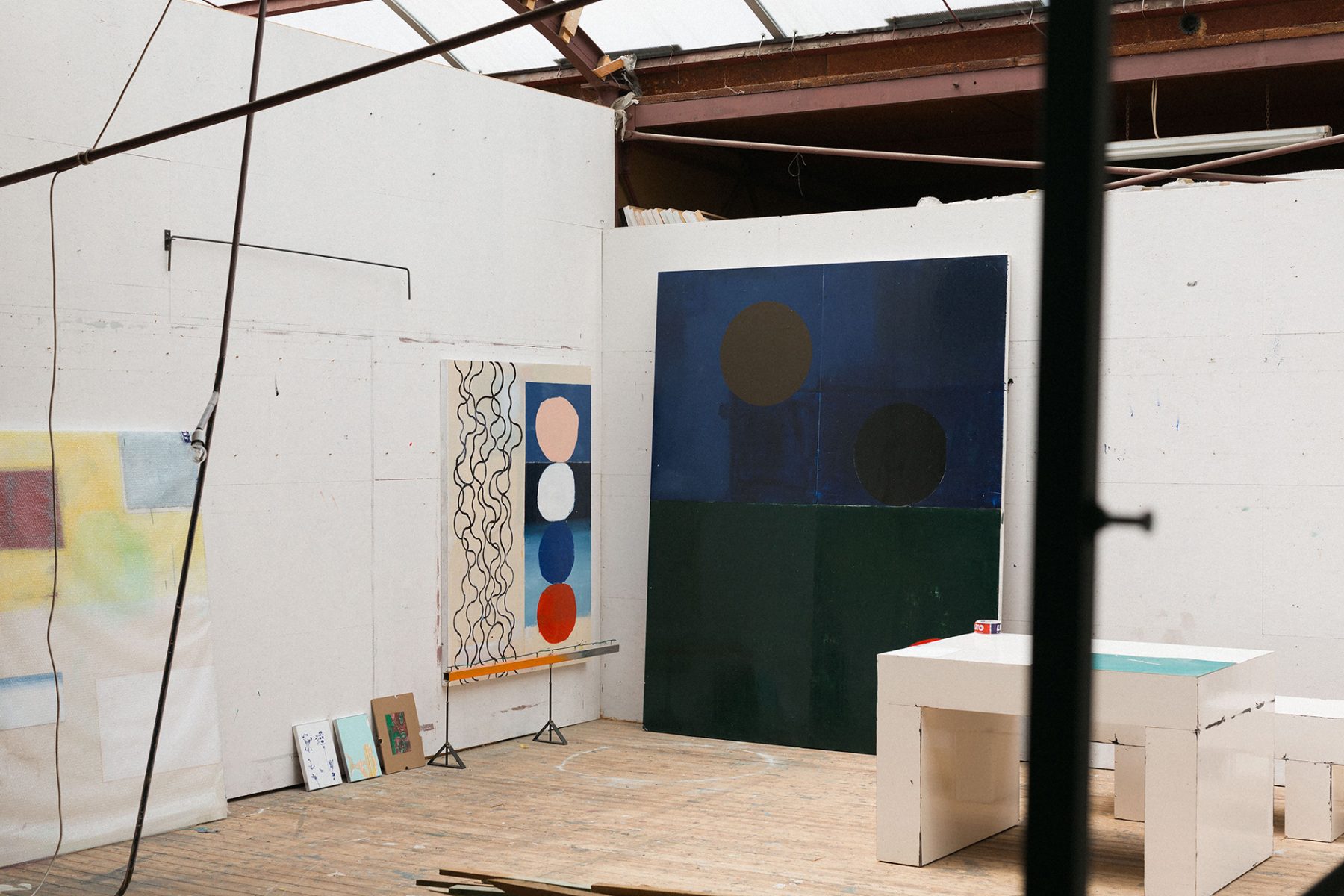

Tell us about the outdoor project you are currently working on in Charleroi?
J: It’s a permanent installation on the Boucle Noire (Black Loop), a 20km walking trail through and around the city’s heavy industrial past. The trail itself is quite spectacular as it walks you into the lush woods, massive steel derelict factories, remote illegal dumping grounds and heavily polluted soils giving a nice neon green glow to the disobedient nature finding its way back after all human activity ceased.
It’s spectacular enough to have completely crushed all of our first ideas of big, proud, totemic self-sufficient sculptures that one would see from afar, as none of it could compete with the context, the landscape.
We then came with a project on the opposite, something almost invisible, something that would not interfere or rival the surroundings but rather pay homage to its intricate beauty by laying down, something only visible if you decide to see it. Le Grand Tour as we named it, is a constellation of life-size cast objects made of aluminum scraps found on the trail (mainly beer and energy drink cans): keys, peanuts, Oreo cookies, coins or pine cones, objects that could have fallen from a walker’s backpack, anchored to the trail as breadcrumbs from a fairy tale.
In a way your lives have come full circle, and now two of you are teaching at art school. Has becoming teachers or parents made an impact on the passion you have for your work?
J: Art school is a peculiar environment, preserved from the outer world like a bubble. It’s full of people spending their time experimenting in every field of creation without the burden of real-world problems, all evolving in the same space, sharing ideas, learning together and building their very own practice — it’s beautiful. And it’s not a one-way road teaching them. Top to bottom, it’s a conversation that forces you to articulate thoughts and to confront ideas. It’s a powerful fuel. I would even enjoy a desk job there just to witness outfits students come up with every day, these guys are really creative.
M: I have to say that teaching feeds me a lot as I love being confronted by the early steps of creation. It’s very comfortable to be speaking with people sharing the same doubts or enthusiasm all the time. It can be self-confining too, but I have the others or the perambulations I can count on to shift and re-connect to the world. Then there is something vampire-like to be surrounded by youth all the time. The way they interact with the school, institutions, and creation-wise the way they take or consider problems. When you see them developing an autonomous and sometimes brilliant body of work it is so strengthening and exciting. It’s like discovering a new music band.
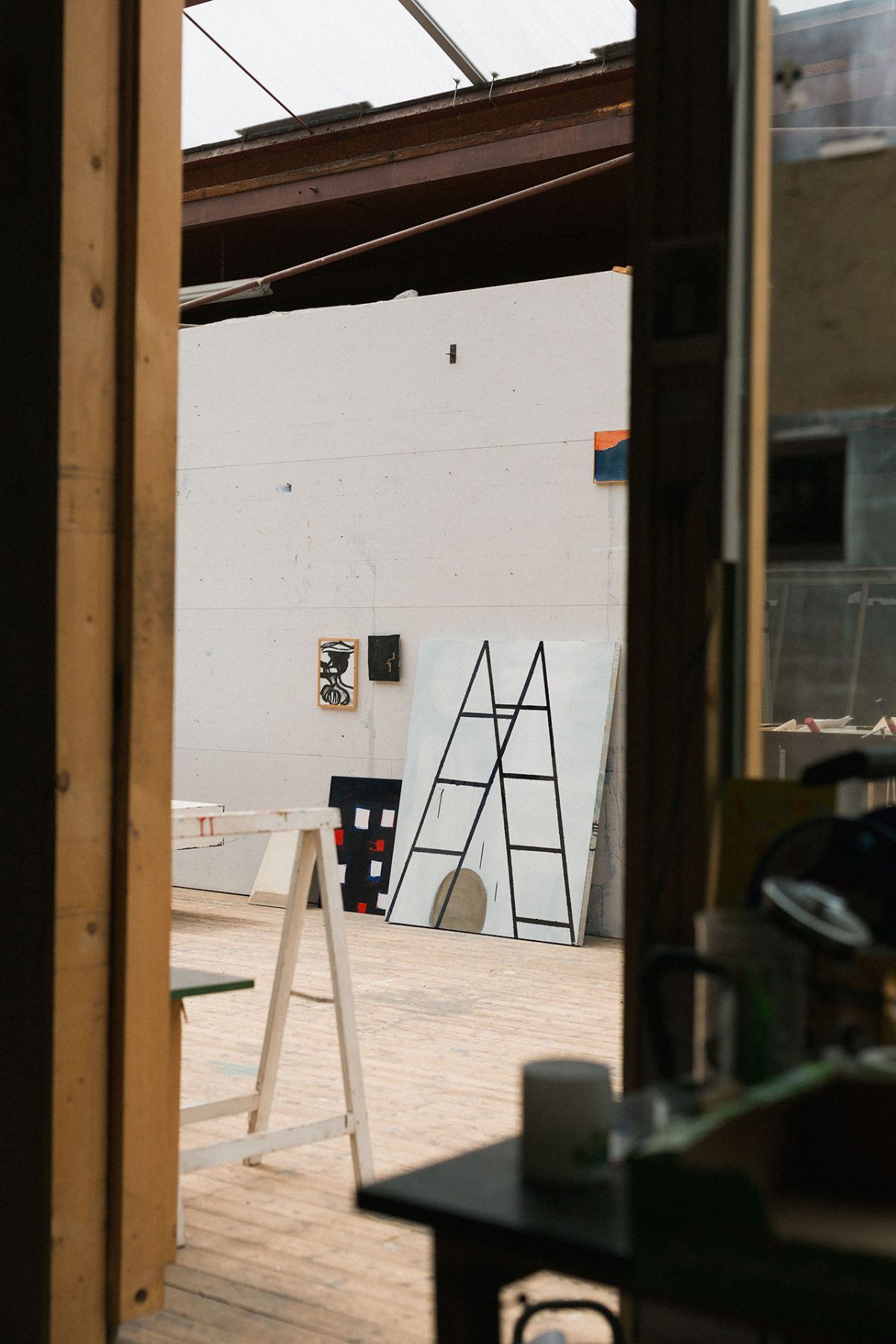

What’s next for Atelier Pica Pica?
M: Everything! I would love to take anything coming next as a fresh new beginning of something to play with.
J: That sounds like a great plan.
Courtesy of Atelier Pica Pica and V1 Gallery, Copenhagen.

